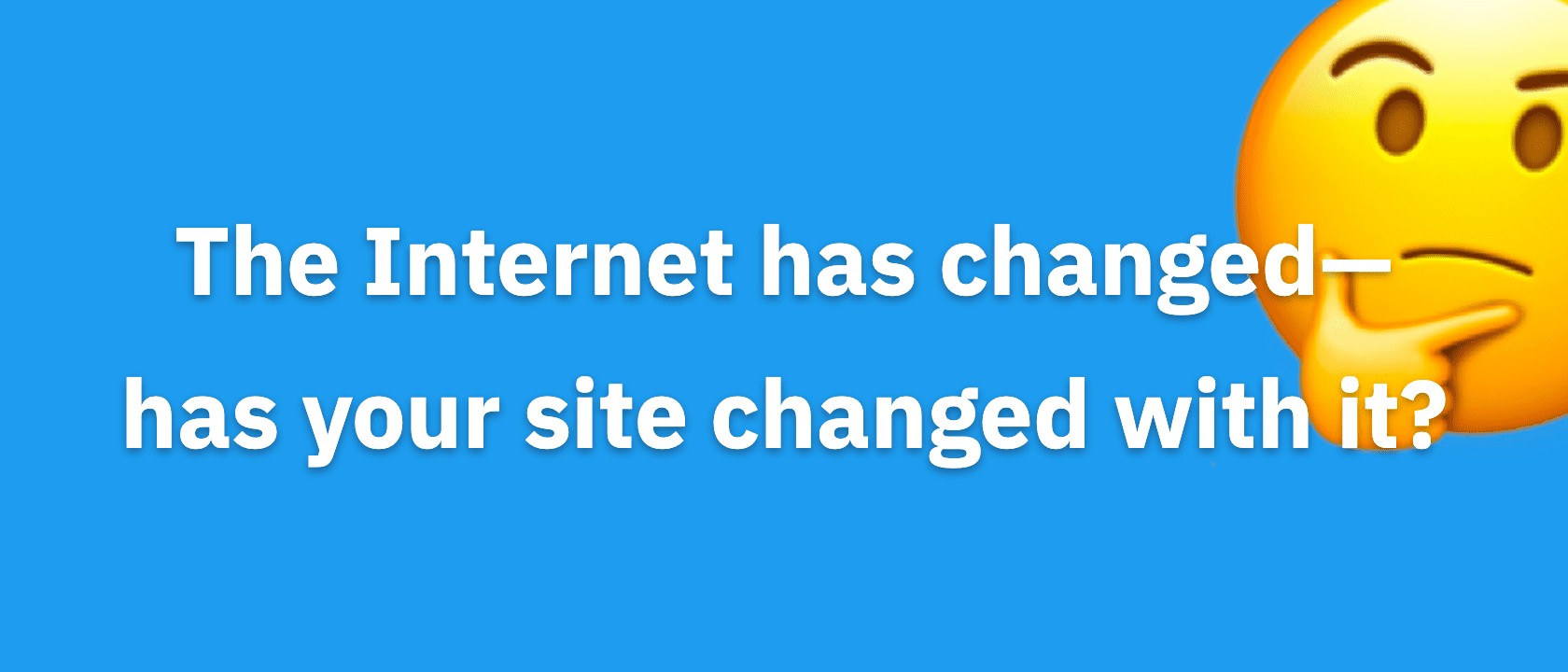
Everything you “know” about social media for small business is wrong.
Small businesses—accountants, lawyers, and brick-and-mortar shops—don’t need 5,000 Facebook fans, Diggs, or blogs that are updated daily. They need business. You know, clients, customers, shoppers, or whatever you want to call them.
How do small businesses use social media to get more clients and customers?
It’s much easier than you think, and to demonstrate that, I analyzed 10 of my most successful small business clients, and discovered these 8 best-practices. Oh, and the best part is this: you can implement most of these tips in a long weekend.
Now let’s dive in.
1. Use Videos on Your Website
When you’re a small, local business, your main strength is your personality. To highlight that, you should create videos so that your local customers can “meet” you before they hire or buy something from you.
What kind of videos can you create? One client, Total Plumbing Orlando, created instructional videos like “How to Fix Your Sink.” This was great because if people in the area used his video to fix their sink, they wouldn’t hesitate to call for a more complicated job.
If you don’t want to create instructional videos, create testimonial videos. If you made one of your customers extremely happy, encourage them to film a quick testimonial video that you can show other potential customers. That’s what I do on my site [edit: link removed] and it works great.
Also, you don’t need a high-tech, expensive video camera. Most of my clients used a Flip Cam or equivalent and demonstrated a garage-band ethos. It may not look professional, but it got the job done just fine.
As an aside, I noticed that the small businesses with 3 or more videos on their website reported having greater success with their online marketing efforts. While this was hardly a scientific study, my gut says the more videos the better.
2. Promote Your Phone number and Email Everywhere
When you work with a local business, you want a person with a soul who has your back. And how do you show people you have a soul? Make it extremely easy to contact you by placing your phone number and email address in your header, footer, and sidebar.
One of our clients, the international Tax Attorney Phil Hodgen, puts his cellphone number at the end of almost everything he writes online. He says “I get a lot of calls and it often turns into good business.”
3. Use WP-Sticky or a Static Page for the Home Page
When someone visits your website from search, they often visit your home page. Additionally, your loyal customers will often visit your home page, too.
The question is, how should you design your homepage? After reviewing my clients’ sites, the small businesses that did best used a home page that sells.
For example, Tim Blankenship, a real estate agent from Santa Clarita California, began using the WP-Sticky plugin to display some copy before people saw the traditional blog posts and the number of calls he got went up dramatically.
What’s the key takeaway? The traditional blog format is great for news websites because their core business is giving people the latest news. However, as a small business you’ll want your homepage to tell people what you’re about and what they can buy from you because that’s your core business.
4. Publish High Quality Content
Small businesses aren’t media companies, meaning, you don’t have to use Twitter or blog several times per day to build the right kind of audience.
As a matter of fact, my most successful small business clients created around 24 pages or posts per year (2 per month).
Think about it. Do you care if your accountant uses Twitter or blogs 3 times per day? Probably not. You want them to do your taxes. So, if you’re the accountant, publish less often and keep the content high quality.
5. Create Effortless, Predictable Navigation
When you create your website’s navigation, you should make it predictable and easy-to-use because people want to browse your website effortlessly.
How can you keep your navigation predictable? Place it where people expect to find it, which is at the top of the page or in the left sidebar.
Also, when you create the navigation, use the words people are accustomed to seeing. For example, if people want to reach you, they’ll look for “Contact” or “Contact Us.” If you use something clever like “Holla at me” you may lose potential customers.
6. Publicize Other Small Businesses
Have you ever walked into a local business and noticed a table with business cards from other local businesses? Of course. It happens everywhere. Local shoppers want to know about other local businesses.
Online it’s no different. People who shop local want to discover other local businesses, so help them do that by sharing links to other local businesses.
Should you worry about giving out too many links? Maybe, but after looking at my clients’ websites, I noticed most local businesses shared more links than they received from others. This helped because linking to pillars of the community make people think you’re a pillar, too.
7. Include Several Calls-to-Action On Your Website
If you’re creating a website to gather leads or interact with potential customers, make sure you’re clear on what you want your prospects to do.
Want your customers to buy your product? Ask them. Want them to contact you? Show them where they can do it.
Overall, inviting people to call or buy your products is important. Some people may not even realize it’s an option unless you specifically tell them that it is an option.
8. Establish Credibility
The consensus online is that you must give away something, like a white-paper, to get leads. However, when you’re a local business, that simply isn’t true. Being local and credible is enough.
For example, if you’re a plumber, it doesn’t matter if you wrote an ebook on how to be a plumber. Instead, you’re going to want a conversation with your customer—that’s why you use video.
Heck, you don’t even need that much content. All you have to do is look credible and show your customers that you have their back.
Note, sometimes a free ebook helps gather leads if it’s about the right topic. For example, if you’re a plumber, an ebook that explains the differences between a good plumber and a bad plumber would be pure gold if you’re positioning yourself as the good plumber.
The Bottom Line
After analyzing my top small business client websites, these 8 best-practices were used almost through-and-through.
The funny thing is, conventional wisdom, “have a blog, post often, and get massive traffic,” wasn’t true in almost any case.
So, if you’re running a small business website, consider straying from what people say is right and try out what actually works for small businesses.
Do you run a small business website? What have you noticed that worked for your customers?
